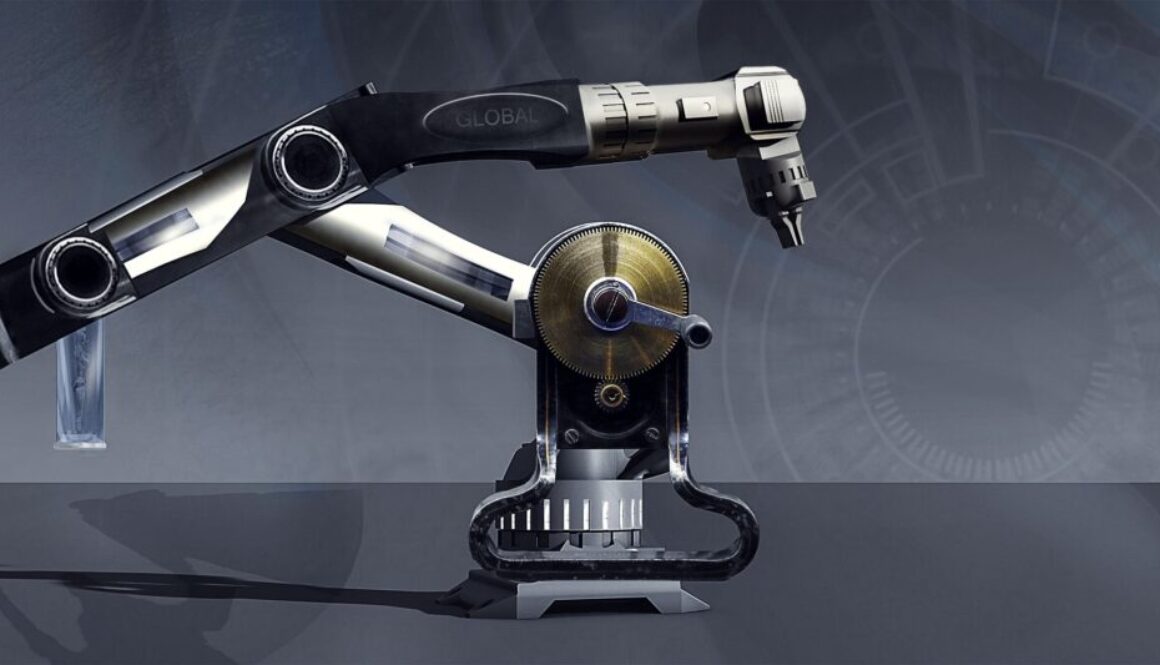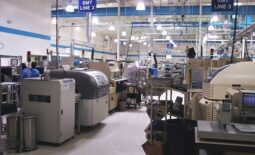Mexico and Industry 5.0
The new industrial revolution affecting Mexico and Industry 5.0 will usher in significant challenges.
It is widely accepted that the implementation of robotics and automation in earlier industrial revolutions brought about significant paradigm shifts in manufacturing around the world. Therefore, it is very likely that the merging of Mexico and Industry 5.0 will bring about a similar change in standards that will precipitate fundamental changes in Mexican industry.
From the first industrial revolution to the fourth, scientific and technological innovations, training, and capital were the key elements in the evolution of how products are conceived, designed, and manufactured. Looking ahead, there is likely to be a paradigm shift in how the industry will evolve, given the tools of Industry 5.0. Among them are the Internet of Things, Digitization, Blockchain, Advanced Materials, Additive Manufacturing, Artificial Intelligence and robotics, drones, energy technology, biotechnology, neurotechnology, and virtual and augmented reality.
The joining of Mexico and Industry 5.0 will bring challenges to the country’s manufacturing sector and change around the globe. Automation will increasingly transform the dynamics of the workforce. Work will be classified as “highly exposed to automation” or “less exposed to automation” to introduce robotics wherever possible. New types of work created in an automated environment will require highly developed skill sets that will not be available to most. Today’s online security techniques will become outdated. International laws, regulations, and governance will need to be reinvented to be agile and relevant to emerging challenges.
A look into the future of manufacturing
The industrial internet articulates the digital world with machines, combining the industrial system with the advancement of computing, facilitating the collection of large volumes of data through machines, and giving way to Industry 5.0. As a result, experts worldwide are trying to find a common definition of what the manufacturing landscape of the future will look like. However, the most widely accepted one proposes this transformation as the moment when machines and humans combine resources in the workplace.
Automation and robotics excel in manufacturing standardized products using standard manufacturing processes in large volumes with excellent quality. When creativity or customization is expected, however, the human element is critical. The solution is the collaboration of robots and humans. Traditional robots cannot work side by side with humans, but collaborative robots or ” cobots ” are designed to work in sync with human employees. The robot prepares the product rigorously, meeting specification requirements at a high level, and then the human laborer takes care of adding the final touches to the product.
Recently, Tesla owner Elon Musk admitted that the over-automation of his Model 3 production line was “a mistake,” leading him to tweet that “human beings are underrated.” The episode summarizes the first argument: a factory without human beings is a dangerous thing. Manufacturing in places like the United States and Mexico cannot move without qualified and motivated personnel.
Additionally, manufacturing is a significant employer in the Mexican economy. It is a considerable activity that provides well-being for employees, owners, and society as a whole. The key is to keep inventing new products and improving manufacturing processes by bringing Mexico and Industry 5.0 together.
In 2018, Deloitte wrote an article titled ‘The Skills Gap in the 2025 Manufacturing Outlook ‘ and emphasized that humans need to get back in the loop, but to do this, employees with new and different must meet the new job requirements. In summary, the consulting firm noted that the skills gap is described in the following manner:
- Put humans in the loop
- Expand digital and “social” skills
- Taking advantage of the digital toolbox.
According to Accenture, Industry 5.0 is where each product manufactured will be based on individual customer needs. The final product will be designed for the individual based on their specific requirements, known as “customization.” The product will be manufactured in Mexico in an agile way, taking the digital requirements and using new manufacturing techniques and materials. These products, in some cases, maybe an extension of the human mind or body, which will require the implementation of radical new ethical and governance protocols. The products made by the confluence of Mexico and Industry 5.0 are predicted to bring new technologies to the mass population. This means that manufacturing will not just be agile and efficient but will be automated, digital, and data-driven. The products will be of extremely high quality and will be available at more affordable prices. These products must be the best available, and Industry 5.0 will optimize the supply chain to support manufacturing.
The Outlook for Mexico and Industry 5.0
The epidemic caused by the SARS-CoV-2 virus has emphasized the value of technology in the new dynamics that industry may have to maintain. This has primarily manifested itself in working remotely. The manufacturing sector was already interested in its digital transformation, mainly through industrial IoT and automation, but the economic impact of the pandemic in Mexico guides experts to moderate their present expectations.
However, a study by DuckerFrontier and Microsoft affirms that Mexico is ready to adopt this technology in the economy, society, and labor market. Doing so will boost the possibility of increasing GDP to levels ranging from 4.6% to 6.4% in 2030; therefore, leaders in Mexican industry need to adopt a mindset aimed at maximizing the use of this technology for the automation of tasks.
On the other hand, data from INEGI’s Monthly Survey of the Manufacturing Industry (EMIM) show how the sales and occupancy indexes fell for many sectors during the Covid pandemic. Since February 2020, sales indices have fallen for almost all manufacturing sectors by more than 10 points. Among the most affected industries were automotive, transportation equipment, textiles, and machinery. The fall in employment was more moderate, with some jobs in the food processing industry being among the most affected. In Mexico, jobs generally contracted. In addition, the volume of sales and investment fell noticeably in the months of social distancing measures; These factors may moderate the adoption of new solutions in 2021, mainly by companies already undergoing a transformation process. This is true particularly for automation or digitization of processes, systems, and supply chains.
We know from past surveys such as the PwC IoT Survey that industrial IoT is one of the prominent areas for industry 4.0 / 5.0, which may be the focus in the current context. Surveys such as those mentioned show us that these technologies are valued for the efficiencies obtained (especially if they cut costs). This may be a trend mixed with security conditions or compliance with measures to avoid contagion. Automation that is brought about involving Mexico and Industry 5.0 in Mexico can be of interest to more companies. This is especially true if it reduces some costs and can follow processes with remote personnel, essential personnel in person, monitoring, etc. Mexico as a ” manufacturing hub ” gives a slightly more optimistic outlook towards the near future with a recovery in other economies, especially the United States.




